
Roots
The sun, a benevolent yet unyielding force in ancient Egypt, kissed the land with an intensity that shaped not only its agriculture and daily rhythms but also the very contours of personal adornment. Consider the delicate dance between comfort and societal expectation, a silent agreement etched into the landscape of appearance. In this sun-drenched civilization, where cleanliness held spiritual weight and social standing was visually proclaimed, the wig emerged as far more than a simple head covering.
It was a statement, a shield, a canvas for expression, and a powerful symbol. We might perceive it as a mere accessory, yet for the ancient Egyptians, it represented a fundamental element of their identity, deeply intertwined with notions of gender and the very fabric of authority.
From the earliest stirrings of dynastic Egypt, archaeological finds consistently reveal the presence of false hair. The earliest documented instance, dating to around 3400 BCE, comes from a plundered female burial at Hierakonpolis, showcasing hair extensions already in use. This hints at a practice rooted in deep antiquity, suggesting that the human desire for elaborate coiffures and the practicalities of a demanding climate converged early on. The arid environment, while harsh, also paradoxically served as a meticulous preserver, offering us glimpses into these ancient hair traditions through surviving human remains and funerary objects.
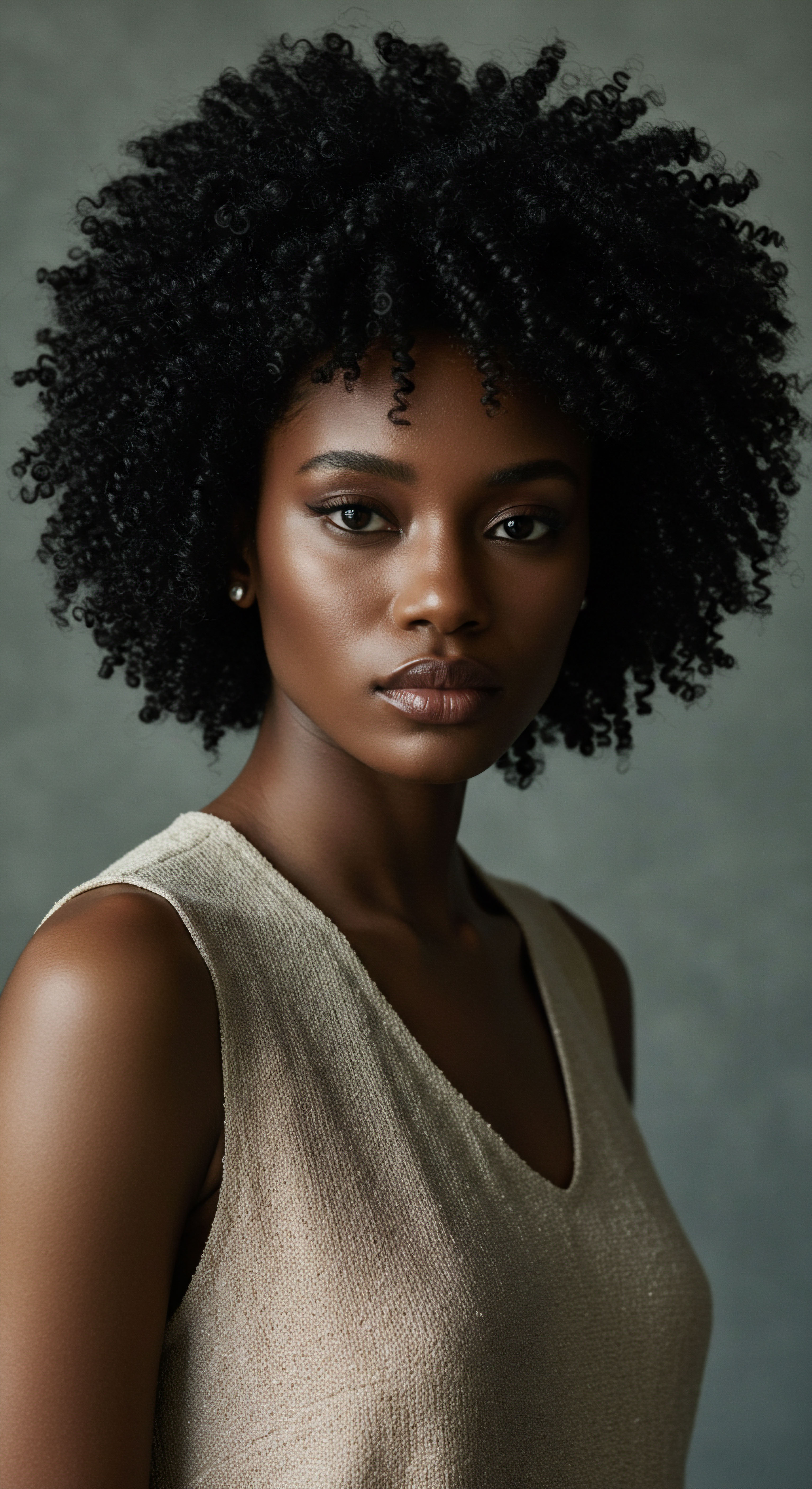
The Wig as a Foundation of Form and Function
The construction of these ancient Egyptian wigs speaks volumes about their significance. Far from crude coverings, they were often masterpieces of skilled craftsmanship. Wigmakers, a respected profession, meticulously prepared human hair, sometimes augmented with plant fibers, and secured it onto a mesh foundation.
This foundation, often made of finely plaited hair itself, was then set with a mixture of beeswax and resin, creating a durable form that could withstand the Egyptian heat. The dedication required for their creation underscores their value; a single wig could demand hundreds of hours of work.
Ancient Egyptian wigs were complex creations, reflecting a society where appearance conveyed profound meaning.
Beyond their aesthetic appeal, wigs served practical purposes. They offered protection from the intense sun, shielding shaven or closely cropped scalps. Unlike heavy head scarves, their mesh-like bases allowed for air circulation, providing a measure of coolness. Crucially, they played a significant role in hygiene.
The practice of shaving or closely cropping natural hair, particularly among the elite and priests, drastically reduced the incidence of head lice. Wigs, being removable, could be cleaned and maintained, further contributing to a desired state of ritual purity. Herodotus, the Greek historian, noted that Egyptian priests shaved their bodies every other day to guard against impurities, a practice that extended to their heads.

Materials and Craftsmanship
The core material for the finest wigs was human hair, a commodity so valuable it was listed alongside gold and incense in ancient accounts. This suggests a sophisticated system of procurement, possibly involving bartering or selling hair. Once collected, the hair underwent a cleaning process, separated into hundreds of individual lengths, each comprising approximately 400 hairs.
These bundles were then artfully attached to a foundation, often a net of finely plaited hair, secured with the beeswax and resin mixture. This intricate process, involving skilled artisans, produced pieces that a modern wigmaker would deem of exceptionally high quality.
- Human Hair ❉ The primary and most valued material for wig construction.
- Plant Fibers ❉ Sometimes incorporated, particularly for bulkier styles or for those of lesser means.
- Beeswax and Resin ❉ A setting mixture applied to the hair, providing structure and durability, capable of withstanding the hot climate.

Ritual
As we move from the foundational aspects of ancient Egyptian wigs, a natural curiosity arises ❉ how did these meticulously crafted pieces transition from objects of creation to active participants in the daily and ceremonial life of a civilization? The answer lies in their deeply embedded role within societal rituals, both grand and personal. Wigs were not simply worn; they were donned as part of a deliberate act, a conscious presentation of self that communicated status, gender, and often, a connection to the divine. This transition from raw material to symbolic attire was a ritual in itself, reflecting the Egyptians’ profound understanding of appearance as a language.
The social stratification of ancient Egypt found vivid expression in its hair and wig styles. While basic hair extensions existed as early as 3400 BCE and were used by various social groups, complete wigs were a different matter. Their time-consuming creation and the expense of materials meant that full wigs were largely reserved for the elite.
Thus, the very presence of a wig, particularly an elaborate one, served as an immediate visual signal of wealth and high social standing. It was a clear marker that the wearer possessed the resources to commission such an item and the leisure to maintain it.
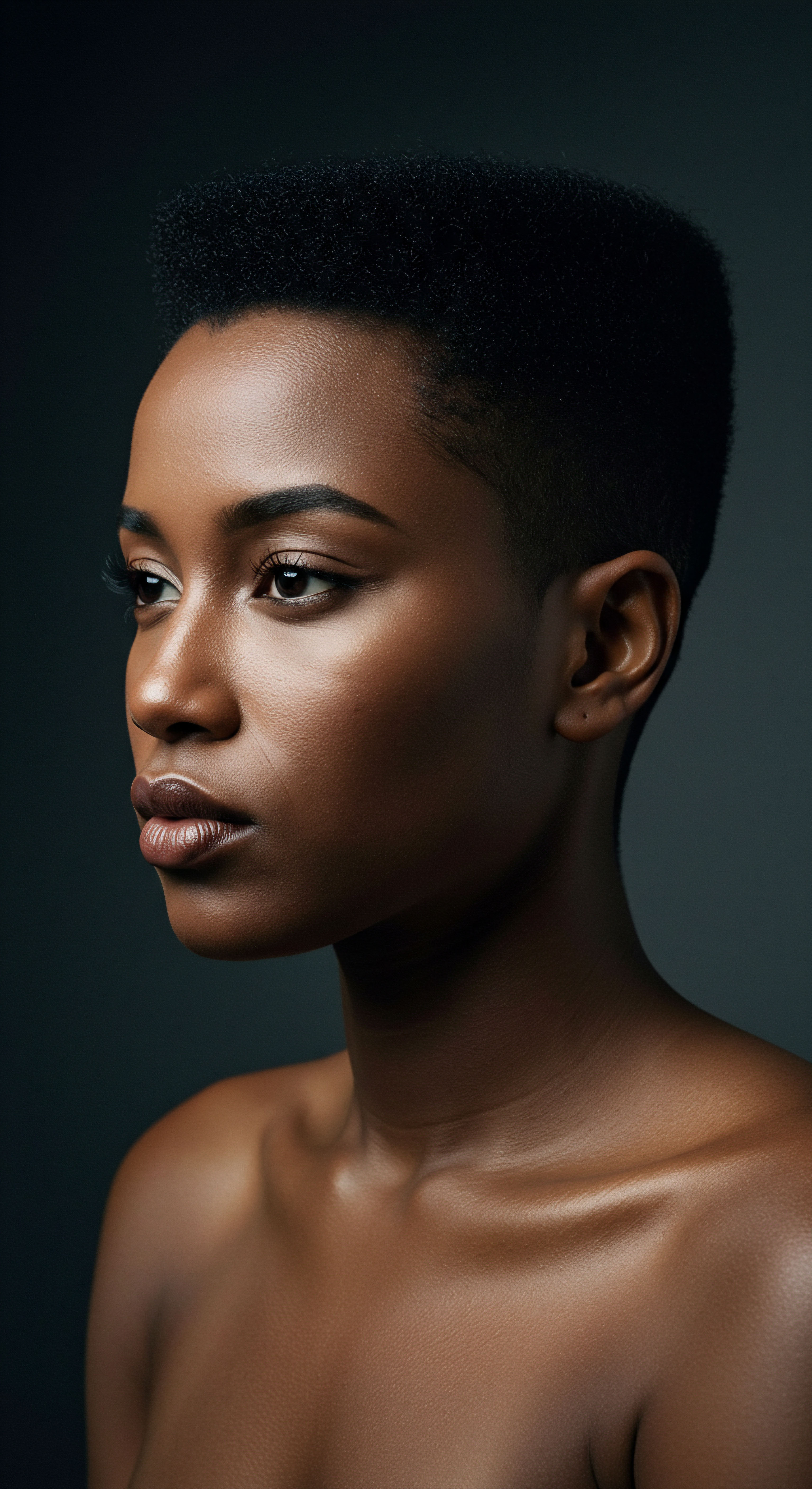
Wig Styles and Social Distinction
The diversity of wig styles throughout the Old, Middle, and New Kingdoms mirrored the evolving aesthetic and social landscape. Early periods saw shorter, more structured styles, while the New Kingdom introduced larger, more voluminous wigs, often adorned with beads, ribbons, and caps. Men of the elite often wore elaborate wigs, some even described as “double” or “duplex” styles with multiple sections of curls and plaits. Women’s wigs also grew in size and decorative complexity, becoming significant statements of fashion and social standing.
The elaborate wigs of ancient Egypt were not mere fashion items; they were integral to the daily and ceremonial presentation of gender and social standing.
For the working classes, practicality often dictated shorter, natural hair or shaven heads, which offered relief from the heat and simplified hygiene. While some non-elites might be depicted with their natural locks, especially those working outdoors, the contrast with the elaborate wigs of the upper echelons was stark. This visual divide reinforced the societal hierarchy, making it instantly recognizable. The very act of wearing a wig, for the elite, also suggested a detachment from manual labor and a life of comfort where personal grooming was a priority.

Gendered Adornment and Authority
Wigs played a crucial role in delineating gender, though with fascinating complexities. In iconography, both men and women of the elite wore wigs, but beneath these, women typically maintained long natural hair, while men almost invariably kept their natural hair short or shaven. This underlying distinction, even when concealed by a wig, spoke to differing societal expectations and roles. Women’s long hair was often associated with fertility and sexual maturity, particularly as girls transitioned into womanhood.
Beyond gender, wigs were potent symbols of authority. Pharaohs, high officials, and priests utilized specific wig styles to project their power and connection to the divine. The short, straight false beard, often worn by rulers, was a direct symbol of pharaonic power, linking them to the gods who were depicted with long, plaited beards. Even queens, such as Hatshepsut, would sometimes wear these false beard wigs during ceremonies to assert their pharaonic authority.
| Era Old Kingdom |
| Style Characteristics Short, straight, or rows of overlapping curls |
| Associated Gender/Status Elite men and women, practical yet refined |
| Era Middle Kingdom |
| Style Characteristics Short with bangs or long, bulky with face-framing bangs and shoulder-draped waves |
| Associated Gender/Status Elite, evolving fashion statements |
| Era New Kingdom |
| Style Characteristics Voluminous, long tassel-ended tails; women's wigs larger, men's less bulky |
| Associated Gender/Status High status, increasing ornamentation and distinction |
| Era Pharaonic False Beard |
| Style Characteristics Short, straight beard or long, plaited, turned-up beard |
| Associated Gender/Status Rulers, gods, asserting divine and earthly power |
| Era Wig styles varied significantly across dynasties, always signaling the wearer's position. |
The ritualistic purity associated with a shaven head for priests also connected them to wigs. While priests were required to remove all body hair for their duties, depictions suggest they often wore wigs, even during temple rites, blurring the lines between personal hygiene and ceremonial presentation. This highlights the multifaceted nature of wig symbolism, where practical considerations seamlessly blended with profound ritualistic and authoritative meanings.
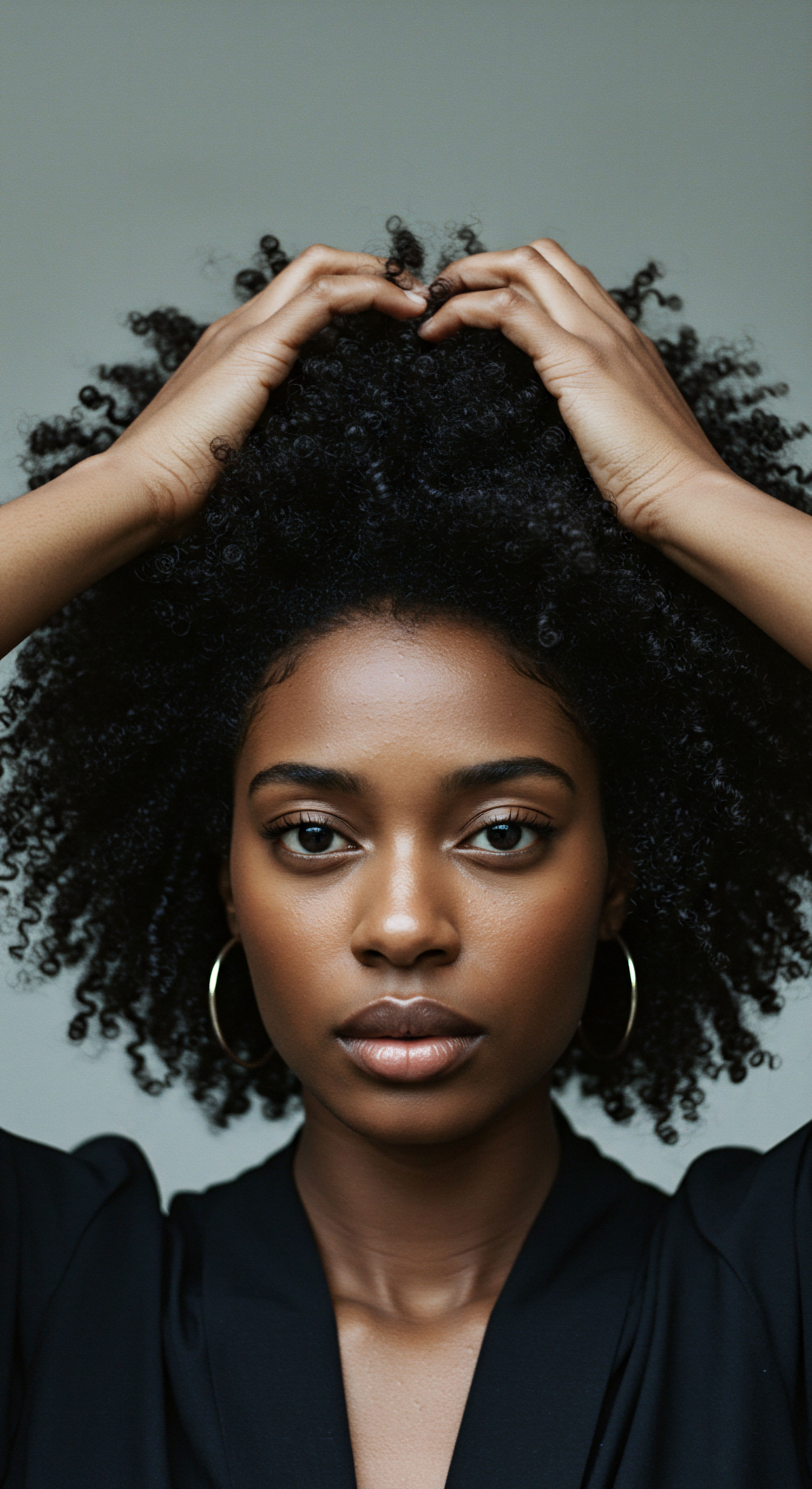
Relay
Having explored the foundational presence and ritualistic use of wigs in ancient Egypt, we now approach a more sophisticated understanding of their profound symbolic weight. This deeper examination moves beyond surface appearances to consider how these crafted adornments truly mirrored the intricate interplay of gender and authority within the society. How did the very construction and evolution of these hairpieces speak to the power dynamics and social aspirations of their wearers? The answer lies in an exploration of the subtle yet potent messages conveyed through form, material, and the labor involved in their creation and maintenance.
The symbolic power of ancient Egyptian wigs extended to their very materiality. Human hair, as previously noted, was a valuable commodity. The acquisition of this hair, often from others, subtly conveyed a power dynamic. Art historian Gay Robins, in her examination of Egyptian tomb chapels from around 1480 to 1350 BCE, points out that elite men wearing wigs made from the hair of others depicted their ability to command for their own purposes.
This suggests a silent, visual assertion of dominance and control over resources and, by extension, over people. The ownership of a large, complex wig was not simply a display of wealth; it was a display of the ability to marshal significant resources and labor.
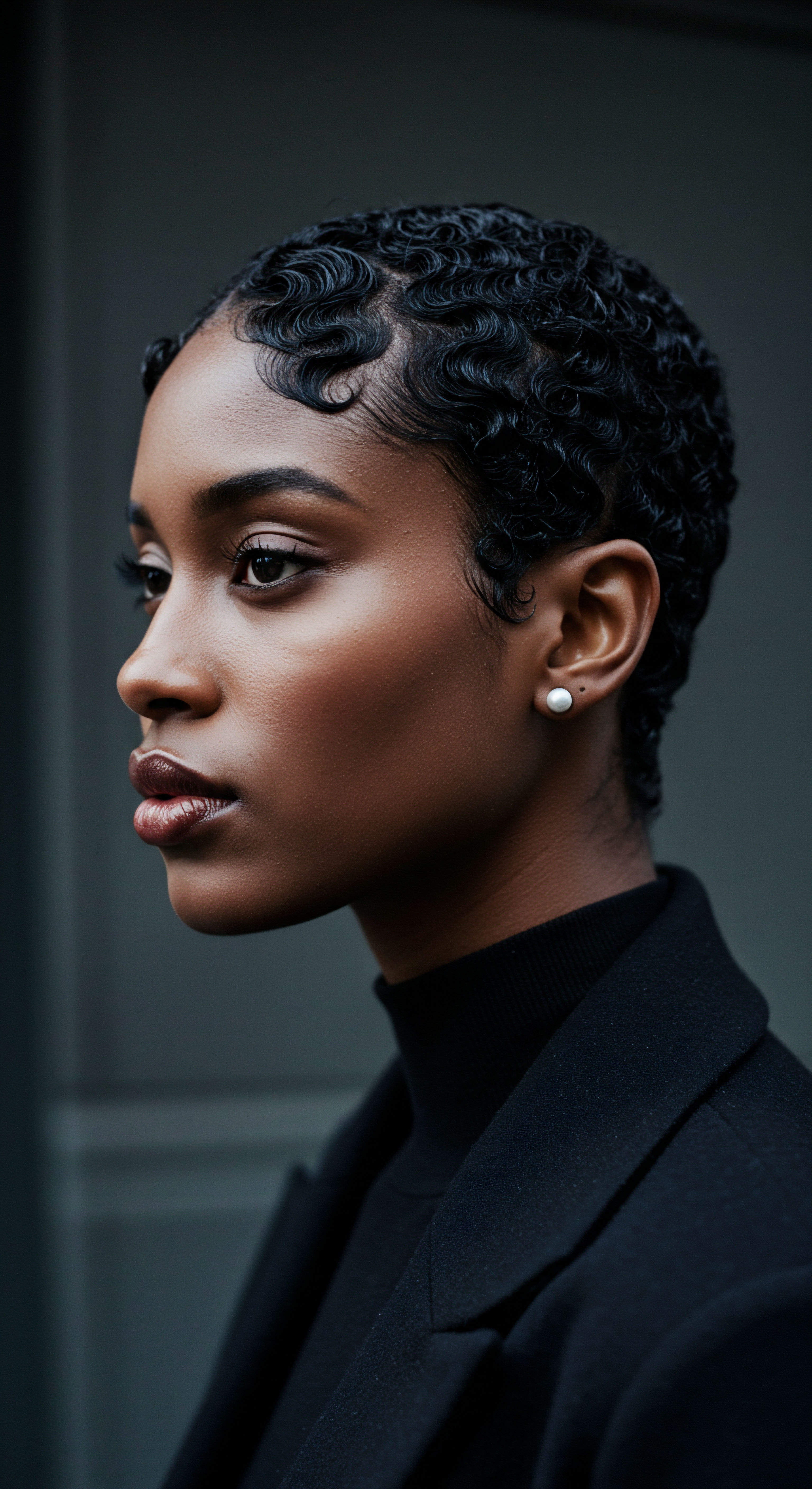
How Did Wig Weight Reflect Social Standing?
Consider a compelling, if perhaps uncomfortable, data point that truly underscores the physical manifestation of status through wigs ❉ the sheer weight of some of these creations. While many sources speak to the bulk and elaboration of elite wigs, a particularly striking example is the wig of Queen Isimkheb from around 900 BCE. This wig was so massive that the queen reportedly needed the assistance of her attendants simply to stand up. This is not merely an anecdote; it represents a tangible burden, a physical manifestation of her royal status.
A wig that required assistance to wear was not a practical item for daily life; it was a ceremonial accoutrement, a living sculpture of authority. This example serves as a stark reminder that the display of power in ancient Egypt often involved a deliberate impracticality, a clear signal that the wearer was above mundane concerns. The weight itself became a symbol, a literal weight of office.
The physical weight of elaborate wigs, as seen with Queen Isimkheb, directly symbolized the profound societal burden and elevated status of the wearer.
The evolution of wig styles also mirrored shifts in social structures and artistic conventions. During the Amarna period (c. 1346–1336 BCE), for instance, under Pharaoh Akhenaten, there was a notable departure from traditional styles. Nubian wigs, which mimicked the short, curly hair of the Nubian people, gained popularity, even seen on Queen Nefertiti.
This stylistic change, while perhaps reflecting cultural exchange, also represented a deliberate break from established norms, aligning with Akhenaten’s religious and political reforms. It demonstrates how even seemingly aesthetic choices were deeply intertwined with broader societal and political agendas.

The Ambiguity of Gender Presentation
While wigs generally reinforced gender distinctions, there were intriguing instances of fluidity. The wearing of false beards by queens like Hatshepsut is a prime example. This was not an attempt to disguise their gender but rather a symbolic adoption of male pharaonic regalia to assert their authority as rulers.
This highlights that for the highest echelons of power, the symbolism of authority could, at times, supersede conventional gender presentation. It suggests a society capable of abstracting symbolic meaning, allowing queens to embody the masculine aspects of kingship without negating their female identity.
The subtle messages conveyed by wig styles extended to children as well. Young children, regardless of gender, were often depicted with shaven heads, save for a single side-lock, a visual cue signifying youth. As they matured, their hairstyles became distinctly gendered, with girls often wearing plaits or ponytails and boys maintaining short or shaven heads. This transition in hair presentation marked the passage into social roles, underscoring how deeply integrated hair symbolism was into the life cycle and the assignment of societal identity.
- Male Elite Wigs ❉ Often above shoulder level, arranged in strands, curls, or braids, signaling high status.
- Female Elite Wigs ❉ Long, often falling below the shoulders, sometimes to breast level, tied to fertility and maturity.
- Priestly Wigs ❉ Despite shaven heads for purity, priests often wore wigs, blending ritual cleanliness with visual authority.
The care and maintenance of these elaborate wigs also speak to their importance. Wealthy Egyptians employed professional hairdressers and barbers who meticulously tended to their natural hair and wigs. Wigs were perfumed with scented petals and oils, and kept supple with animal or vegetable fats.
This dedication to upkeep was not just about vanity; it was about maintaining a presentation that constantly affirmed one’s place within the social hierarchy and one’s adherence to the societal norms of beauty and cleanliness. The investment of time, resources, and skilled labor in these hairpieces speaks volumes about their integral role in projecting both gender and authority in ancient Egyptian society.

Reflection
As we step back from the intricate world of ancient Egyptian wigs, a profound truth surfaces ❉ the human inclination to imbue personal adornment with meaning is timeless. The Egyptian wig, far from a fleeting fashion, stands as a powerful testament to a society where every visual cue, from the cut of a garment to the sweep of a coiffure, served as a deliberate statement. It invites us to consider how our own contemporary choices in appearance, however subtle, continue to communicate our identities, our aspirations, and our place within our own complex social tapestries. Perhaps the delicate pastel lady of Roothea, with her gentle wisdom, finds a quiet echo in the ancient Egyptian noblewoman, both understanding that the presentation of self is a profound and lasting art.
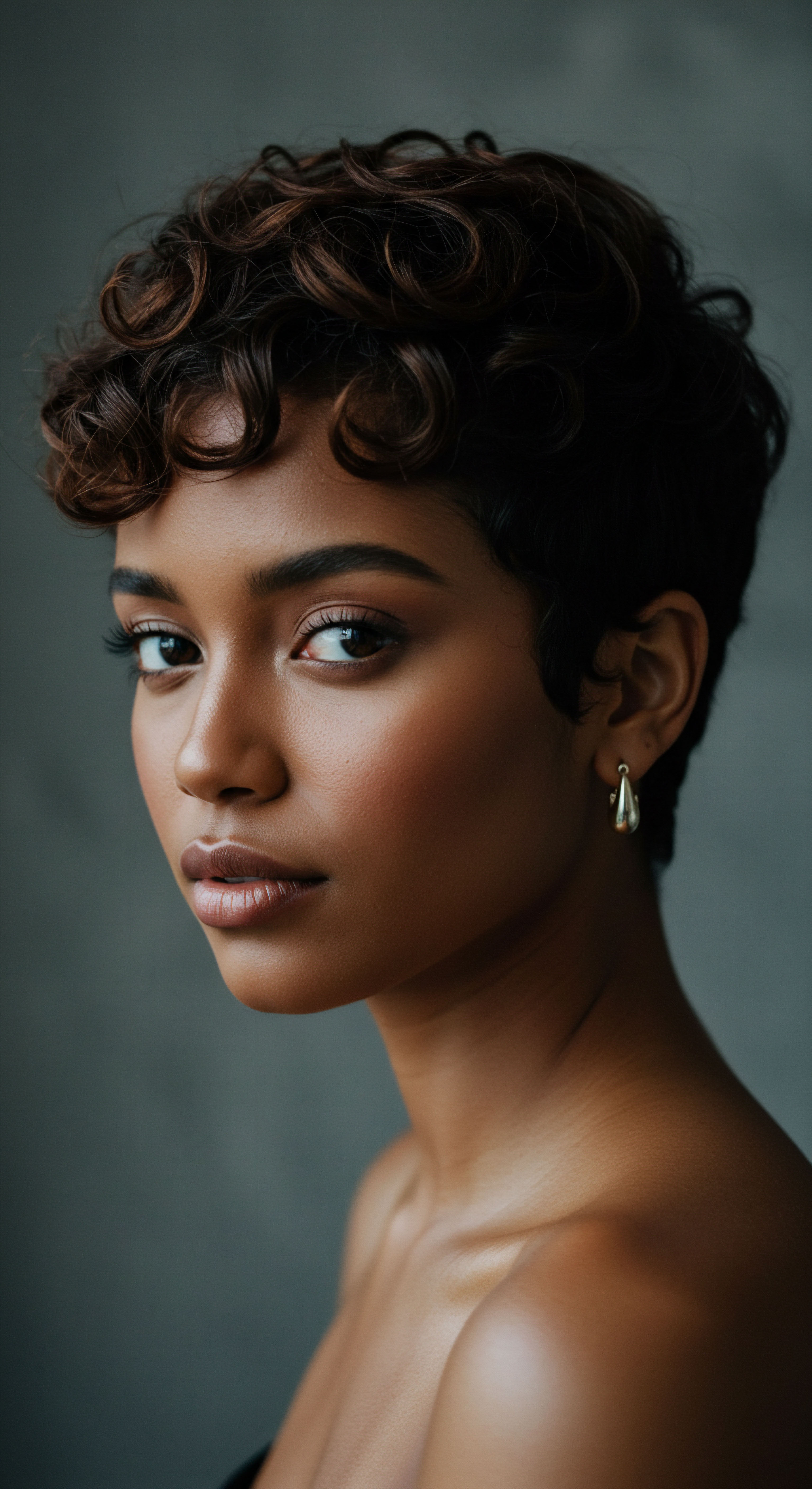
References
- Fletcher, Joann. “Ancient Egyptian Hair and Wigs.” Internet Archaeology 42 (2016).
- Fletcher, Joann. “The Social and Ritual Contextualisation of Ancient Egyptian Hair and Hairstyles from the Protodynastic to the End of the Old Kingdom.” University College London, 2000.
- Robins, Gay. Women in Ancient Egypt. British Museum Press, 1993.
- Robins, Gay. “Hair, Gender, and Social Status in Ancient Egypt.” JSTOR Daily, 2020.
- Lucas, Alfred. Ancient Egyptian Materials and Industries. Edward Arnold & Co. 1930.
- Cox, J. Stevens. “An Ancient Egyptian Wig in the British Museum.” The Journal of Egyptian Archaeology 63 (1977).
- Quirke, Stephen, and Jeffrey Spencer. The British Museum Book of Ancient Egypt. British Museum Press, 1992.
- Strudwick, Nigel. Masterpieces of Ancient Egypt. British Museum Press, 2006.
- Manniche, Lise. Sexual Life in Ancient Egypt. Kegan Paul International, 1987.
- Laskowska-Kusztal, Ewa. Ancient Egyptian Hairdressers’ Tools. Polish Academy of Sciences, 1978.